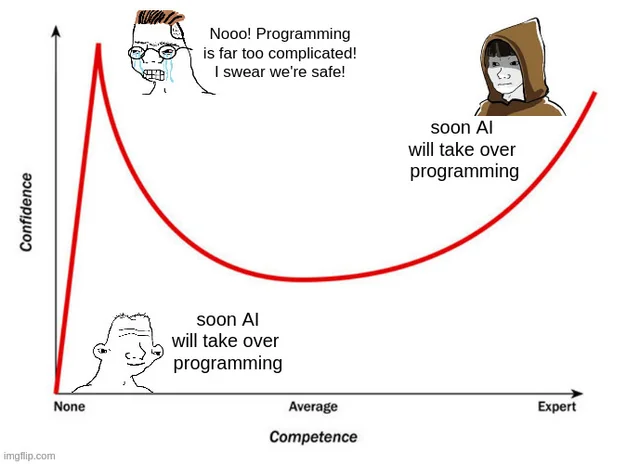Member-only story
Cheat sheets: UI terms
Sync your language with the product team.

Please check the Google Sheets: UITerms.
↳https://docs.google.com/spreadsheets/d/1XMdzbylu10auGFyfJjc5yzn3-rYk-89rqBna0TBvL2M/edit?usp=sharing
In the Google Sheets, I collected and rearranged standard UI terms from Material Design, iOS human interface guidelines, etc.
- The Google Sheets gives you a quick view of UI terms you need to know as a product designer.
- You can review those terms and see if you are familiar with them.
- Using UI terms to describe your design makes it easily understandable to PM and Devs.
- Leave your thoughts, questions, related references by commenting on the Google Sheets. It will help me iterate the UITerms Sheets. I need everybody’s feedback and to make it better.
- Save and share to your friend.
Environment and Basic Elements
The fruits grow by absorbing basic elements (20 mineral elements, nitrogen, phosphorus, potassium, calcium, manganese, and zinc) from the soil. Earth provides an ideal environment for fruits to grow.
The relationship between the Operating System (OS) and Software Applications is similar to the Earth and Fruits relationship. The OS, (Windows, Mac OS, iOS, and Linux (Android) )provide ideal environments for products to grow. They structured their standards, User interface guidelines, for developers and designers to plant their product in their environments by utilizing basic elements. No matter how many OS there is, the basic elements of developing a product are barely changed. The basic elements come to UI Terms, the universal language shared with Developers👩🔬, Product Managers👨💼, and Designers👩🎨.
Benefits of using UI Terms
Using professional UI terms aligns with the efficiency and accuracy of communicating your thoughts in a cross-functional team. It benefits you as a product designer in various aspects.
- UI terms imply the technology behind it. It makes your designs understandable to developers.
- It helps product managers to image not only how the…







